Useless Undergraduate Studies.
If you’re reading the urbancrows blog, there’s an above average chance that you might be a trained geologist, you poor soul. Which means you spent 3 or 4 years slaving away as an undergraduate at University learning shit about rocks; sometimes a bit too much for your own good.
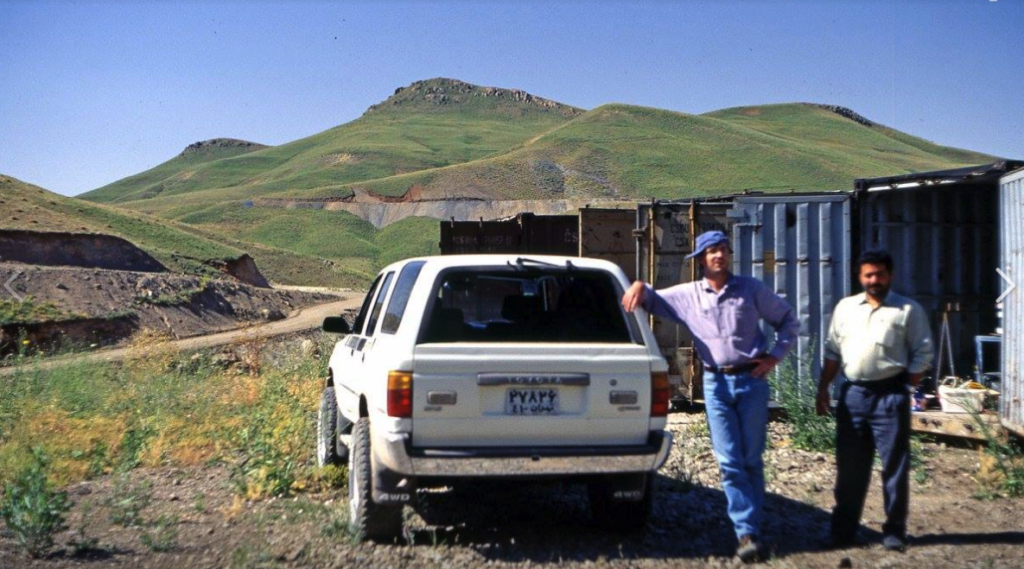
And wasn’t University fun? Field school. Beer. Labs. Beer. Lectures. Exams. Less beer. Failed courses. Coffee. Retakes. Below average degree. Career re-evaluation. Ah..the best days of our lives.
Out you popped, newly baked and pink cheeked from whatever cradle of higher learning you attended; a keen, young earth scientist, stuffed full of sciency knowledge. Head held high, you felt like you really understood the inner workings of our fragile blue rock. Those were the days.
But have you ever looked long and hard at what you were taught in college and taken an honest inventory of how useful it was to your subsequent career? Fair enough, the fundamentals of any discipline are important. Mineral recognition in hand sample. The key tenets of stratigraphy and how they relate to relative rock ages. Recognition of the 3 key rock types: ignominious, sedentary and metaphoric. And so on.
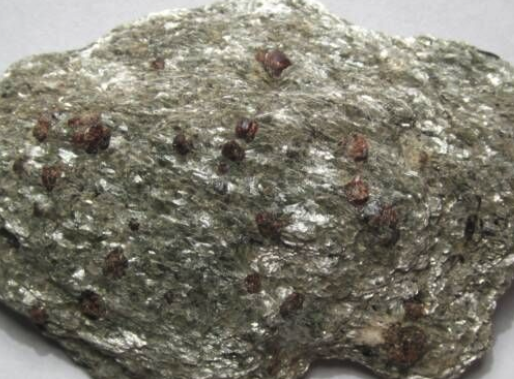
However, however…there’s a lot we were taught that I’ve never used in the 36 years I’ve spent in industry. It was drummed into us at the time just how important all of it was. Without it, the man said, our knowledge of the science would be second rate and we’d never get a proper job. Miller indices. The biaxial indicatrix. Phase diagrams. Mohr’s circle and many more. To which I say four words… who gives a fuck where are they now?
I thought I’d use this post to catalogue some of them as a warning to the coming generations of geology students; stuff to avoid like the plague if you can. Take my advice -be selective. Spend your course fees on stuff that might help your career, like Spanish lessons por ejemplo.
I make no apologies if your pet woody-inducing discipline is on the list. Tough, it’s my blog. Feel free to send me comments on any useless subjects I missed, and I might add them in. NB: Each subject is accompanied by a highly quantitative mark out of 10 for Industry Career Utility.
A big thanks to everyone who sent me a suggestion or two. You know who you are.
The Biaxial Indicatrix (or any indicatrix for that matter)
Industry Career Utility: 0/10
We spent hours in the microscope lab conjuring up the biaxial indicatrix – an imaginary egg-shaped blob of coloured ectoplasm that only appears to the righteous and the holy. For 3 hours a week, common sense gave way to a sinister multi-dimensional battle between this world and make believe.
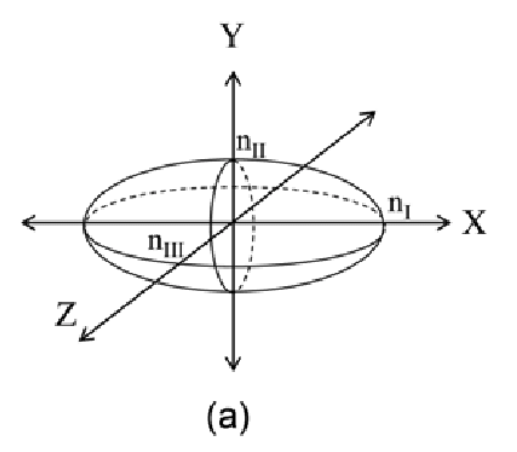
What was it? Why were we looking at it? And how to use it? Did anyone care? I still don’t know, but it was obviously really important to the lecturer and we had to master the intricacies of it to pass the compulsory microscopy exam. It’s something to do with the multiple refractive indices of light as it passes through a crystal.
All very fascinating, but once the lab door was closed and the final microscopy lab was done, I parted company with the indicatrix and watched happily as it bade a vaguely embarrassed farewell to anything related to my professional future. It knew when to leave.
Miller Indices
Industry Career Utility -123/10
Talking of crystallography, a number of twitter pals suggested Miller Indices for my negative utility list.
In 1839, Mr. Miller came up with an overly complicated method for describing the relative lengths of crystal lattices. I think. As with many scientific breakthroughs, someone else -a German named Herr Weiss- came up with a similar system albeit 22 years earlier than Mr. Miller. But he was German, so in keeping with British tradition he was ignored and the honours go to Mr. Miller for beating generations of students into intellectual submission with the notations h, k and l.
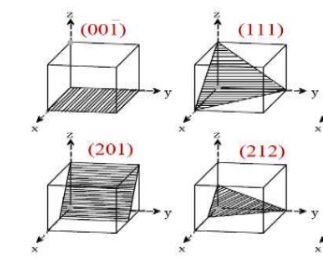
I have an active interest in mineralogy and a half decent mineral collection. I used to be pretty good at field identification of minerals too. But in 4 decades, Miller Indices have contributed exactly dick-all to my ability to name a sample correctly. So if your prof tells you that the next 4 weeks are devoted to Miller and his bastard indices, ask him why because a good friend told you they have no known use other than as text book padding. If they still insist on teaching the bloody things, let me know and I’ll get my old man to beat him up.
The Stratigraphy Of _________ (insert country name)
Industry Career Utility -3/10
Every British geology student has spent hours drawing stupid cartoon reconstructions of the British landmass in the Triassic. Converting dull sedimentological evidence of transgressions, regressions, uplifts, and orogens into google earth-style maps of a 300-million-year-old island was one of the more meaningless exercises we undertook in the chase for a degree.
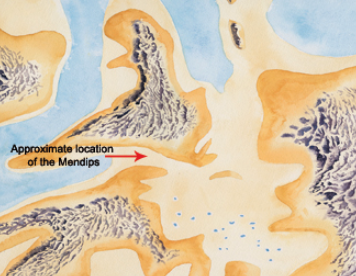
To make the homework assignments slightly less dull, I started drawing erupting volcanoes on the island arcs, with palm trees and herds of dinosaurs roaming vast coastal dune plains. The lecturer never liked my Godzilla-like raptors hunting giant, land-walking trilobites under the smoking volcanoes of Nottinghamshire, and I’ve never felt the professional need to do a paleo-reconstruction of anything since. Funny that.
Punctuated Equilibrium
Industry Career Utility -347/10
In the Fall of 1985, I spent a bloody fortune buying Raup and Stanley’s Principles of Paleontology. A compulsory textbook, we were told. A classic of its genre, no less -the genre being “slow death by reading”. The book cost so much I went without the Friday night curry for a couple of weeks.
Somewhere within its pages lurked Punctuated Equilibrium: the evolutionary theory, popularised by the wonderful-but-now-dead science writer Stephen Jay Gould, which proposes that once a species appears in the fossil records its population will become stable, showing little evolutionary change for most of its geological history.
I may as well have bought James Joyce’s Ulysses for all it taught me. The writing was just as impenetrable and the word “dry” doesn’t do justice to the pure boredom writ large across its highly priced pages. I eventually sold my copy as “unused” via the department notice board when I graduated.
Phase Diagrams
Industry Career Utility: -2/10
I have no great fondness for 2-dimensional phase diagrams, let alone the 3 dimensional “quaternary” ones shaped like a bloody pyramid and I’ve never had to use one professionally, thank God. Although, I did dip a smelly toe into phase diagram waters during my MSc, but I couldn’t avoid it with fluid inclusion research; a bit like colonoscopies for the over 60s.
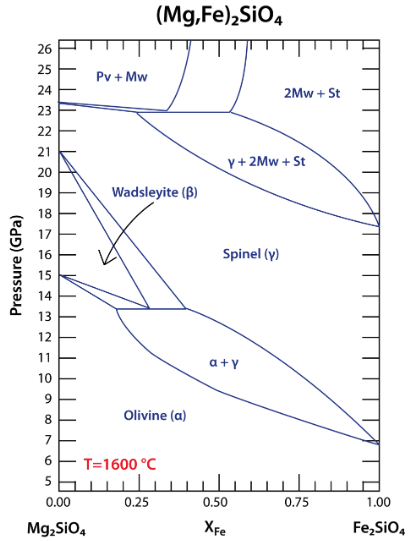
Our igneous geology professor -Dr. Rothstein, an ancient grey-bearded specimen who learned his trade in Soviet Russia- possessed an unhealthy interest in the damn things.
He’d stand at the front of the class, tweed-clad back turned to us, mumbling at the chalk board in medieval Russian while covering the board in minute hieroglyphics. Randomly scattered across the board were scrawled triangles or misshapen pyramids that -apparently- imparted profound facts about Bowen’s reaction series or magma immiscibility.
Baffled, 30 of us would leave each igneous geology class with less knowledge than when we entered.
Ammonite Suture Evolution With Time
Industry Career Utility: -15/10
Where to start? Our overly earnest paleontology lecturer spent at least 2 classes talking about the trend toward complexity over time of ammonite shell sutures. And fuck me, am I ever glad I attended those lectures because I’ve used this particular evolutionary quirk more times than I care to remember in my globe trotting mineral exploration career. Really.
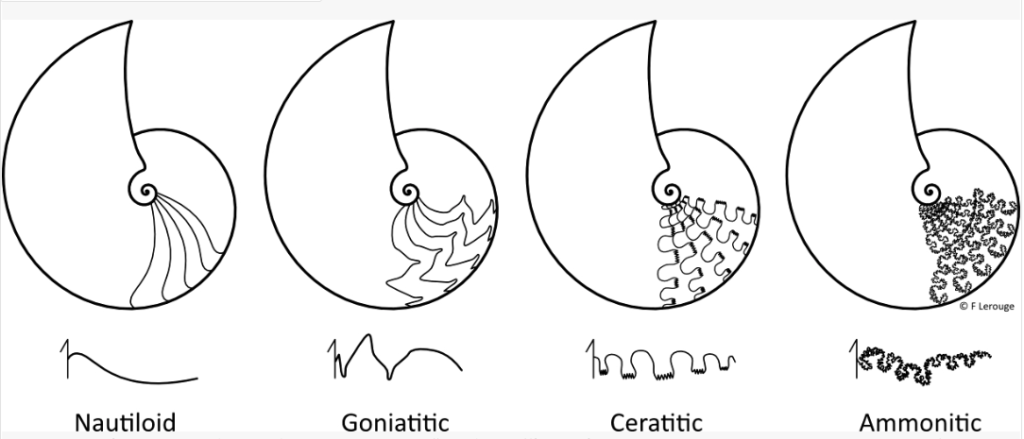
Only last week I was I arguing with a Chilean lawyer about his bill. Thankfully, I was able to get the bill reduced by 15% by pointing out that the septal sutures of 588 genera of Paleozoic ammonoids showed a 1,600% increase in mean complexity over 140 million years. Within 475 ancestor/ descendant pairs, descendants were more than twice as likely to be more complex than their ancestors. That shut the bastard up, let me tell you.
Alternative Theories to Continental Drift
Industry Career Utility: I won’t dignify them with a grade
The contracting earth. Geosynclines. The expanding earth. All theories about mountain range and ocean basin formation that have rightly been consigned to the porcelain bidet of earth science. Except, that is, in parts of Russia and some of the more eccentric academic outposts of India. We covered these once revered theories briefly in class, and then moved swiftly on to suckle at the warm bosom of mother plate tectonics, sniggering at the charlatans as we went.
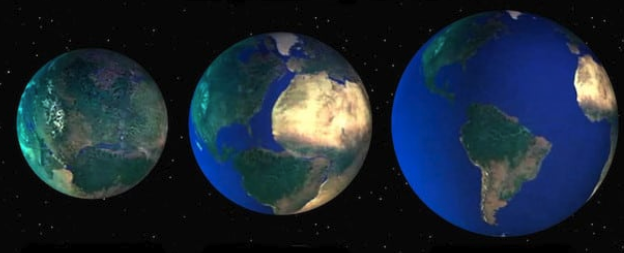
I did once have an elderly Bulgarian geologist try to persuade me that the earth was expanding, but he soon quietened down when I shoved a 2 foot bronze statue of Alfred Wegener up his jacksie.
Plane Table Mapping
Industry Career Utility: 0/10
Another Twitter suggestion, this is a mapping method involving a table and presumably a lot of patience. I was never taught it, and assumed it had died with the Victorians. But no, it was still on the curriculum at Penn State University into the late 80s (1980s that is) at least a century after anyone used it last. It’s the only discipline I’ve ever heard of that uses a thing called an alidade.
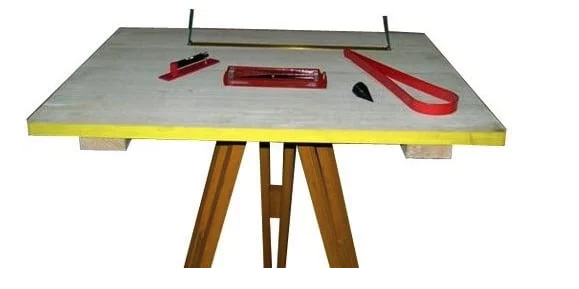
The common instructions for plane table mapping read like an extract from a Free Mason’s ritual; “plane table is located at one point “o” as shown in fig. and perform the whole from that point. From point O, sight the points A,B,C,D and E using alidade, locate and plot the points as a,b,c,d and e in the drawing sheet” which explains why so many of my American colleagues a) exhibit the symptoms of PTSD and b) insist on using imperial units.
Mohr’s Circle
Industry Career Utility: 0/10
I’m really happy that Mr. Mohr invented his circle, but I wish he’d kept the damn thing to himself. He invented it as a two-dimensional graphical representation of the transformation law for the Cauchy stress tensor. Got that? Good. Now forget about it. You’ll never need it again unless you’re designing engineering geology software, which -let’s be honest- is a bit of a niche market and not a proper career for an adult.
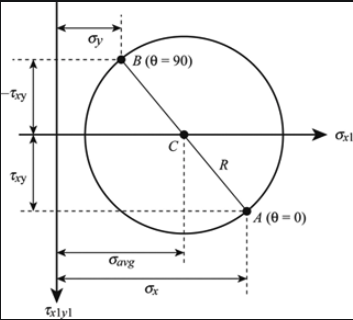
I missed the first lecture that covered Mr. Mohr and his circular tensions. Consequently, I never really understood it, except that if you drew it incorrectly there’d be an earthquake and a large building would fall down somewhere in Mexico or Turkey. So, to prevent further tragedies, I avoided exam questions about it and described ammonite suture complexity instead (see above).
Paleontology (yes, the whole science…)
Industry Career Utility: 1/10
Paleontology labs are inherently biased toward students who possess a talent for art. Sadly, that’s not me. My sketches of bivalves or trilobites always leaned more toward Picasso-like cubism than scientifically accurate realism. The nicest comment I ever got was for a careful graptolite study. The handwritten sentence next to the 4/10 mark said simply “Interesting paper clip. Next time, draw the fossil please.”
To this day I harbour a violent hatred toward students who can bash out life-like 3D drawings of crinoids with fronds waving sedately at the trilobites scurrying by in the warm Cambrian ocean. Screw the lot of you. It’ll do you no good. Trust me.
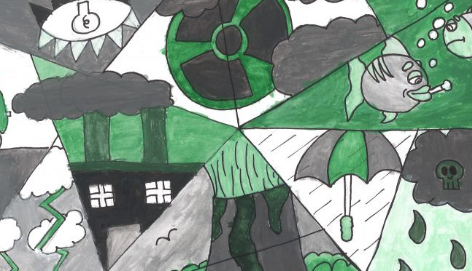
My only take away from 3 years of paleontology classes was the ability to recognise whether a fossil might be animal or vegetable. Bugger the Burgess shale fossils, they don’t count. Shell, scales, legs or leaves. That’s it.
I collect the things – aesthetically they’re incredible. My prized pieces are a small fossil lobster and a huge fuck-off Megalodon tooth that belonged to the Shark That Ate New York. But professionally, never once in 36 years have I needed to identify a fossil.
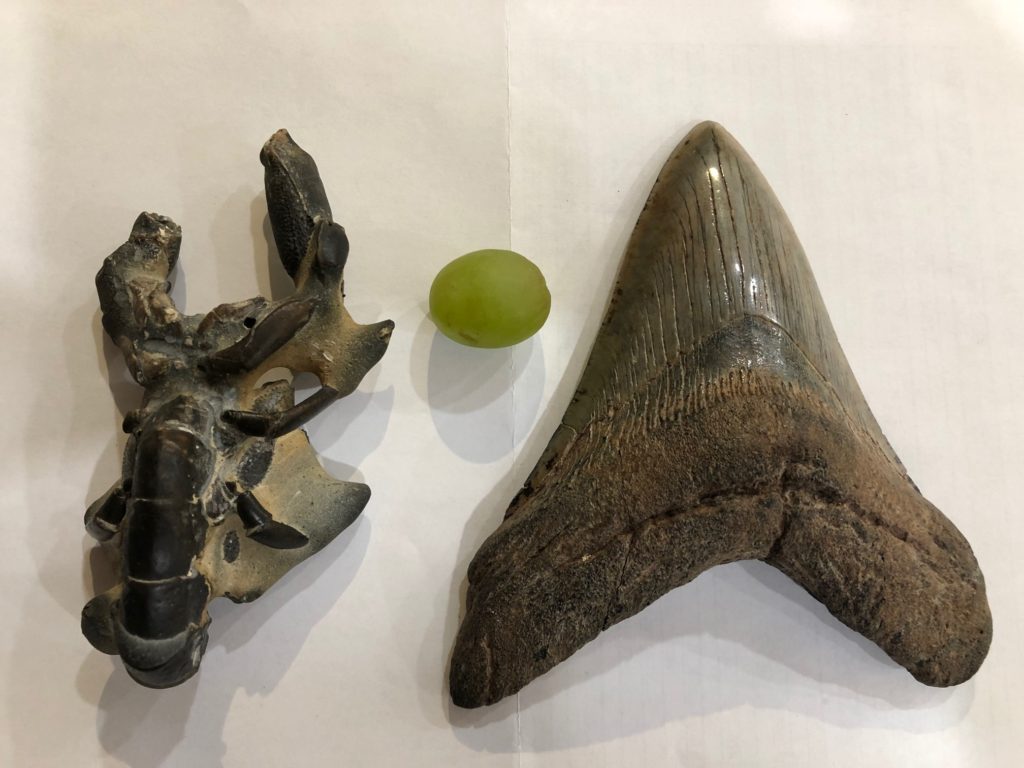
Conglomerate Pebble Counts
Industry Career Utility: -8/10
Back to the microscope we go for another profoundly pointless geological exercise. Our sedimentology prof managed, temporarily, to persuade us that drawing bar charts of pebble composition distribution in a conglomerate was really important to our long-term viability as professional geologists, because it taught us…it taught us… we learned about…er….
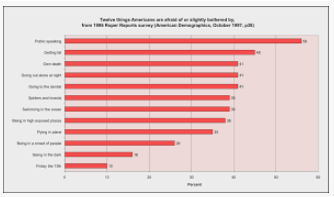
Armed with a thin section of a rock from Dorset, we’d move the slide as randomly as possible on the scope stage and chart the statistical distribution of the different types of pebble we saw. This told us something about something else (see British Stratigraphy above). Thrilling stuff, and a waste of my intellectual time that could’ve been better spent picking lint out of my bum crack.
Stereo Imagery
Industry Career Utility: 2/10
Disclaimer: I have used stereo images in the past. That’s not to say they were useful, more that my manager had a pair of stereo goggle things and thought it was something we should do as we designed our field programs. Armed with a pair of low resolution aerial photos of some forested hillside in Turkey or Bulgaria, I’d sit there for hours, bug eyed, gamely trying to get the images to merge so that the 3D effect would pop out at me and tell me that the access road was actually on a steep hillside. Which I could see anyway from the topo maps.
And Finally..
Industry Career Utility: 10/10
As for what we should’ve been taught, it’s a much more interesting list, fodder perhaps for a future post. Here are a few suggestions for my subscribers from academia with curriculum design responsibility:
YEAR 1 –Off-road driving, Statistics and how to fudge them, Diseases of the digestive system, Tick removal, Trench mapping, Big snarly animals and how to avoid being eaten, Small snarly animals and how to avoid being bitten,
YEAR 2-Shouting at drillers, Meaningless report writing, Understanding budgets and financial statements, Coping with board room humiliation, Assay labs and how they contaminate samples.
Don’t Forget
This story is based on my personal life experiences. It’s my blog so I can insult whatever discipline I feel like insulting. But if you have any of your own useless subjects to pass on, I’d love to hear from you via the comments box. And if this piece hasn’t put you off being a geologist; you still REALLY want to study useless shite for the next 3 years, at least subscribe to urbancrows.com first via the cheap and nasty subscription box that I artlessly chucked in near the top of the page. I’ll be sure to email you more nonsense about geology in the future.


uh oh, I am going to have nightmare flashbacks to freshman year Sed Ped and continuous /discontinuous Bowen reaction series. THANKS!
this post is SO true, and I never even worked professionally as a geologist ( I bailed from grad school and went to med school instead). I actually used almost everything I learned there, but in a discontinous-ness fashion.
hopefully they didn’t teach you any useless stuff in med school… somehow I think the lessons were more applicable to real life needs.
Excellent mate excellent . I gave my kid a phone and showed him google and go travel the world . I think he’s on the right track . Fuck university unless you want to be a vet , Dr or engineer etc . You can go to uni now to be taught how to make coffee ffs.
Agree with most, and burn in hell the recognition of the facial lines of the trilobite. I guess paleontology is just a very special trade that requires a special mindset and skills. Hands up for phase diagrams though, they are fun but probably not very applicable in the real world outside of the academia bubble.
Mineral resources evaluation course, and industry-based core logging course were most interesting, as well as Ore Deposits. Microscopy is, again, personal preference and fun in itself. Volcanology is kind of cool, but I see three phases where the volcanologist sees 24. I avoided anything with “Sedimentary” and “Quaternary” in it.
That’s one of the funniest, and real, observations about geology I’ve ever read. It gave me several 30+ year old flashbacks from paleo, metamorphic petrology, and mathematical crystallography. Maybe that’s what drove me towards the more practical side of geology: groundwater and geothermal. Bloody brilliant!
Thanks for the kind feedback!